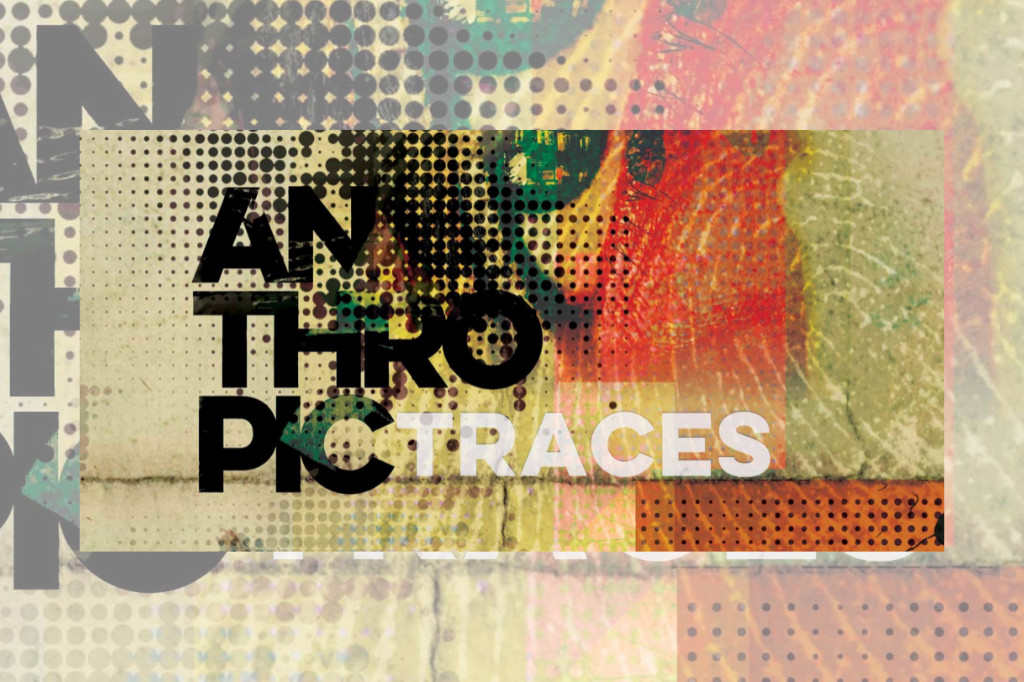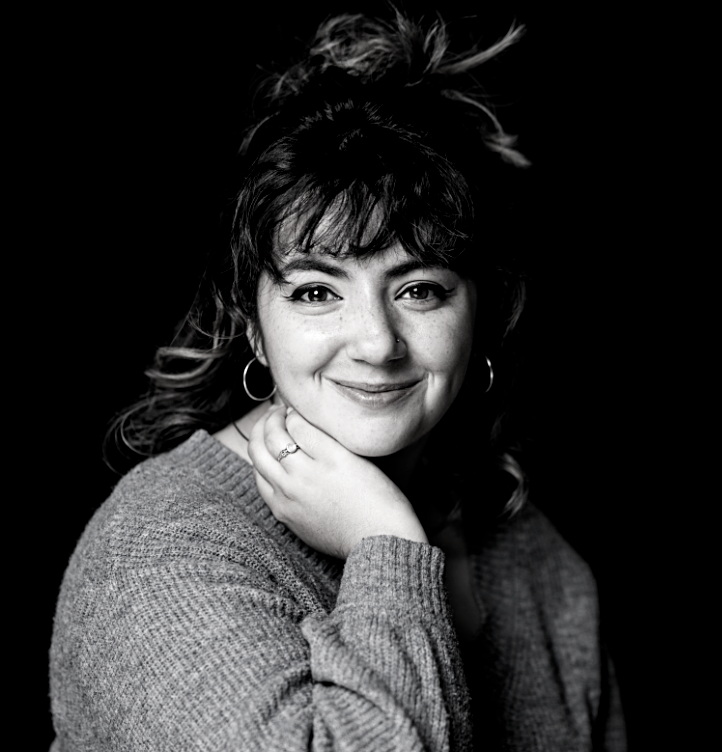REVIEW: Anthropic Traces at Balancing on the Edge/A Girl in the Sky Productions/Thin Edge New Music Collective
A haunting nugget of brilliance occupied the Streetcar Crowsnest last weekend, an interdisciplinary trove of nuanced climate commentary and gripping physical feats.
Circus? Yes, definitely. Experimental music concert? Yep. Powerful statement on cultural hegemony? That too.
Anthropic Traces, produced by Balancing on the Edge in association with A Girl in the Sky Productions and Thin Edge New Music Collective, is a mosaic of performance, a tapestry of talents and commentaries in the making since 2016. No two moments are alike — and yet the whole thing feels effortlessly cohesive. Broadly speaking, Anthropic Traces is an examination of humans — what they do, how they treat each other, and what they leave behind. The creative team has deeply explored human legacy, and the artistic muscle of the production is one clearly sustained by curiosity about the existence and future of life on earth.
In the first half, a sequence of rich vignettes juxtaposes scenes of oppression, piling on tension and suspense. Nameless figures flit about in gorgeous masks (mask direction by Sonia Norris), navigating an airport at first and then a beachside later. In the airport, an elderly couple is detained for unknown lengths of time and for unknown reasons, sinking deeper into one another as time passes on a digital, otherworldly clock. We revisit this couple several times, and the clock distorts, shatters, melts — time in captivity is not time that can be measured.
Then we enter more recognizable circus fare, a display of aerial prowess by Amy Hull, who rides a double, drumlike aerial hoop through the air, balancing and twisting at great heights, intermittently returning to earth to bang a gong at the back of the stage.The segment’s conclusion is a complicated reckoning with identity. Hull dons then removes a mélange of clothing and accessories, which she explains come from her jointly Inuk and Mi’kmaw identity — she tells stories of a hyphenated life, its beauties and its microaggressions, tying her monologue fluidly into her aerial stunts.
The next section quite literally took my breath away, an intimate and impressive duet between contortionist Samantha Halas and juggler Louis Wei-Chun Barbier. Halas is graceful and impish in her quest to disrupt Barbier, who manipulates large, cumbersome building blocks with inspiring ease. As Barbier builds new structures, Halas slithers through them, breaking them, changing them. When the two come together in unison, at one point with Barbier balancing on Halas’ torso, the impact is enormous, and the vignette becomes all that more magnetic.
After intermission is when the stuff of fantasy becomes real. The uncanny masked ensemble returns, meandering through piles of pale blue glitter, leaving behind the hyper-capitalistic schema of the airport for something more in tune with an ocean reaching a breaking point. Behind a curtain of thin threads, aerialists swim through what is suggested by light and costume to be an underwater grotto. Mermaids float past plastic debris, tangling in it, suspending from the air in snakelike plastic tendrils. At the back of the stage, gallons of real, flowing water cascade into an onstage pool from jugs held in mid-air. An aerialist hangs by her hair, her scalp tight against the cord, and instrumentalists round out the experience with ethereal music. All that unfurls against Jason J. Brown’s lifelike, highly detailed projections, which make the beach and its ocean feel like a highly tactile, endless playing space.
The individual components of Anthropic Traces are bound together by original music, a conglomerate of genres composed expertly by Cheldon Paterson, Juro Kim Feliz, Bekah Simms, and Anna Höstman, who double as musicians onstage. Instrumentalists bear witness to the actions of the other performers, offering an often-unsettling underscore to vignettes like Hull’s — at times, the orchestra’s presence feels even menacing in its omnipotence. Music, costumes, and narrative come together expertly under directors Cheryl Duvall, Ilana Waniuk, Rebecca Leonard, and Norris, and the whole experience is enhanced by a meticulously curated collection of programme notes, which concisely explain the context of each vignette and its dramaturgy.
My only qualm with Anthropic Traces is its title. While content-wise, it’s appropriate for a circus show about the remnants and fallibility of humans, for me, it glosses over the spectacle and physical craft embedded in the performance, perhaps over-intellectualizing it to the point of abstraction. Title aside, the project is luminous and gone too soon — I very much hope it returns again in the years to come.
Anthropic Traces ran at Crow’s Theatre from July 27-31, 2022. For more information about the project, click here.















Comments